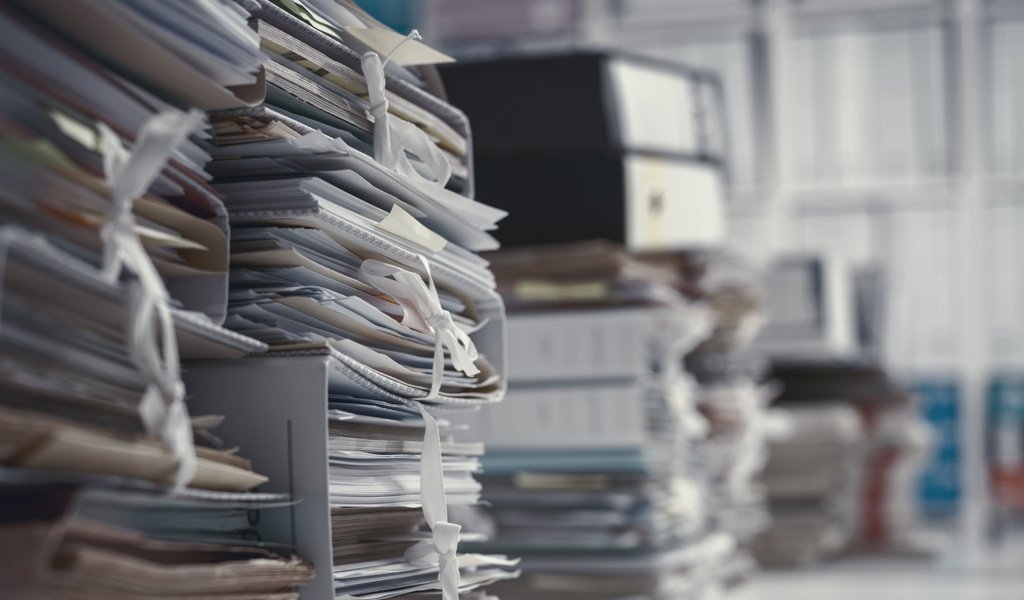The Total Cost of Ownership for Printing
When it comes to printing for your business, the initial purchase price of a printer is not the only factor to consider. Understanding the total cost of ownership (TCO) can help you make an informed decision and compare the cost-effectiveness of different printers. In this post, we will discuss what TCO is and why it is essential and provide a guide on what you should keep an eye out for when it comes to your next printer deployment.
What Is TCO And Why Should I Care?
It makes business sense to consider the total cost of ownership (TCO) on major purchases for your company, but what does it mean? TCO is the sum of all costs associated with a product or service, including purchase price, maintenance, and operating costs. Understanding TCO can help you make an informed decision about which printer is the most cost-effective for your business. By considering factors such as ink, toner, and maintenance costs, you can understand the long-term costs associated with different printers and compare their cost-effectiveness. In addition, TCO can help you avoid unexpected expenses and save money in the long run by understanding the real cost of a document.
What Are Some Factors of TCO?
Okay, we’ve made the point that TCO is a helpful tool, but what factors should be taken into account to calculate it? We’ve got some TCO ingredients below:
Initial Print Cost & Accessories
It’s vital to consider the upfront costs associated with purchasing a printer and any additional costs for accessories such as extra paper trays or networking capabilities. While a lower initial purchase price may seem appealing, it’s key to consider the long-term costs associated with the printer and its accessories when deciding.
Printer Consumables
The cost of consumables such as ink, toner, and paper can add up over time and can be a significant factor in the overall TCO of a printer. It’s wise to understand the cost and frequency of purchasing these consumables, as well as the quality and reliability of the supplies. Just like a razor company charges more for their blades than for the razor handle, some printer companies charge more for their consumables (inks and toners) than for the printer itself. . Choosing a printer with a lower initial purchase price but higher consumable costs may not be the most cost-effective option in the long run. It’s worth investigating what options are available and if it would be a cost-effective solution for your business.
Maintenance & Repair
Maintenance and repair costs play a role in TCO. These costs may include the service provider’s price or the value of your time if you are performing the maintenance and repairs yourself. Know the frequency of maintenance and repairs on the device, as well as the availability of service providers in your area. Lastly, consider the potential cost of lost productivity due to a broken or malfunctioning printer. Limiting downtime is crucial if it’s an essential component of your company.
Software & Support
Take into account the cost of purchasing or subscribing to software that manages your printers, such as a managed print solution, as well as the cost of support services, technical assistance, or troubleshooting. Any printer connected to the internet will require security updates and patches. Security vulnerabilities can happen to any printing device, and the cost of maintaining a strong cybersecurity posture can impact the overall TCO of a printer.
Using CPP to Calculate Total Cost of Ownership
An excellent method to understand the total cost of ownership is using the cost-per-page (CPP) equation. It’s as follows:
Total Cost of Ownership / Pages Printed = CPP
For example, if the TCO of a printer is $6,400 and it prints 72,000 pages over three years, the CPP would be calculated as $6,400 / 72,000 = $0.088 per page.
While CPP is a great way to compare apples to apples on a specific printer type, keep in mind there are different printing devices for different needs. One example is the difference between commercial copiers and consumer printers. In most cases, commercial copiers are typically more expensive upfront (unless units are leased). This is because they are designed for high-volume printing and are built to handle larger print jobs. As a result, their initial cost is higher than that of consumer printers. However, commercial copiers often have a lower cost-per-page because they are more efficient and use consumables more efficiently. In contrast, consumer printers are more affordable upfront but may have a higher cost-per-page, making them more suitable for low-volume printing needs.
What if I Rarely or Infrequently Print?
If you are someone who rarely or infrequently prints, you may think that a consumer-grade printer is a good option for your needs. After all, these printers are generally more affordable upfront than commercial-grade printers. However, it’s important to be aware of the potential pitfalls of consumer printers, such as the cost of consumables, maintenance & support. Some consumer printer manufacturers may try to entice you to sign up for a supplies subscription, which can be expensive and may not be the best value for your low-volume printing needs. Additionally, read the fine print on any printer contract you sign, as some consumer printers come with “click contracts” that can be difficult to get out of. Consider these points when choosing a printer, regardless of whether you print frequently or infrequently.
Closing Thoughts & Tips
When thinking about deploying the next printer at your office, here are a few tips Smart Technologies provides our clients that help keep TCO central in the decision-making process:
- Think about your printer-type options before you pick something off the shelf out of convenience alone. Sometimes you can avoid reinventing the wheel by understanding the needs your new printer must fill.
- Look at your printer lifespan with a three-year lens. Most TCO calculations are based on this period of time, and it helps compare ownership costs for the long term.
- Understand your print consumables. They make up a good portion of your costs and aren’t always as obvious as the purchase price.
- Use Smart Tracker to calculate your TCO. If opening up a new spreadsheet to handle all the costs and fees doesn’t sound like fun, we’ve built a tool that can take care of it.
Overall, the TCO of a printer can be significant, and it is important to consider all of these factors when deciding which printer to purchase. By understanding the TCO of a printer, you can make an informed decision about which printer will be the most cost-effective for your needs.











